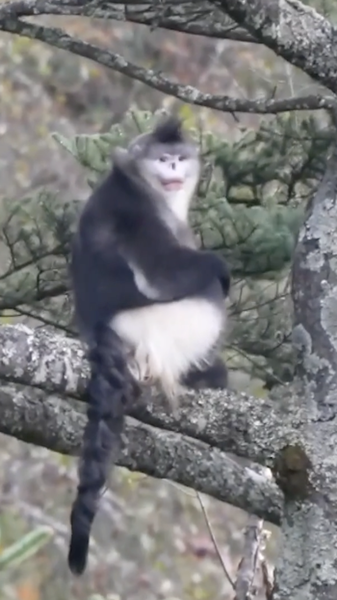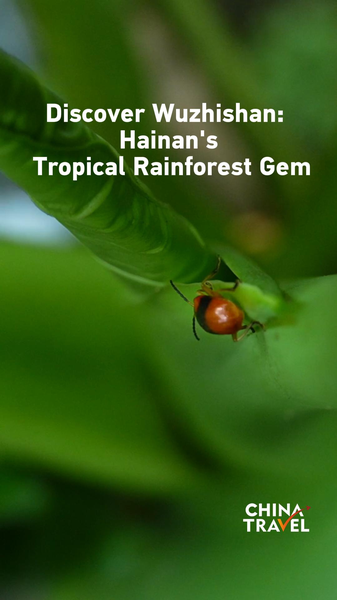Picture yourself stepping into a bustling tea house in Lhasa, where the chill of the Tibetan plateau meets the warmth of community. Here, locals and travelers alike gather around steaming pots, passing down a tradition that warms both body and soul.
Butter tea, known in Xizang as po cha, is crafted from brick black tea leaves, a generous dollop of creamy butter, and just the right pinch of salt. Once beaten by hand or churned with a bamboo whisk, the mixture transforms into a frothy, golden brew that stands up to the region's thin air and icy winds.
Why do people flock to this rich concoction? A single cup can pack up to 250 calories, delivering quick energy and hydration at elevations above 3,500 meters. For nomads traversing mountain passes or shopkeepers manning rooftop stalls, butter tea is more than a drink—it's essential fuel.
Beyond its nutritional punch, butter tea acts as a universal greeting. Hosts ladle generous pours into tiny bowls, inviting guests to sip, chat, and connect. In Xizang's tea houses, every frothy cup is an invitation into a timeless ritual of hospitality and social bonding.
Today, butter tea bridges ancient customs and modern curiosity. Digital nomads swapping selfies over steaming cups, thought leaders debating sustainability, and sports fans warming up after high-altitude treks—all find common ground in this age-old brew. In every sip, butter tea tells the story of Xizang's resilience and its people's generous spirit.
Reference(s):
cgtn.com



